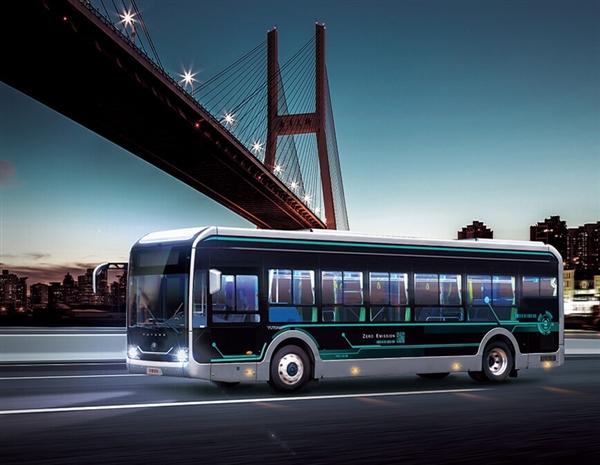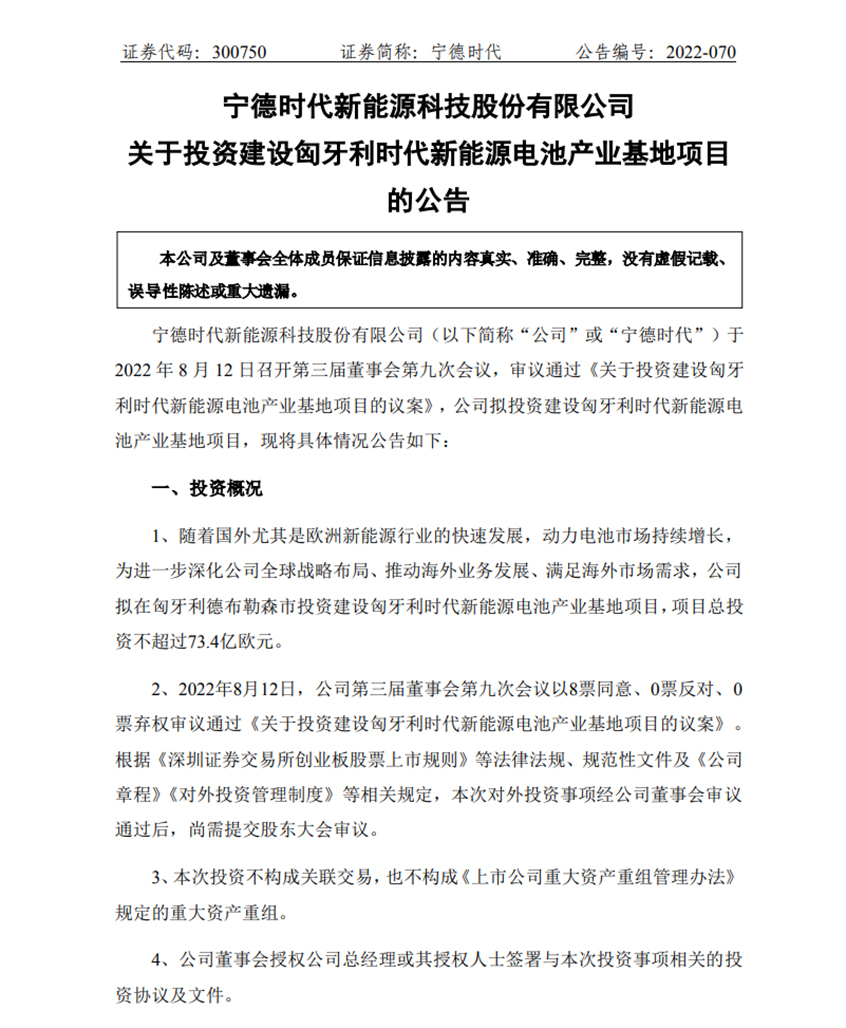On August 10, a Xiaopeng P7 was involved in an accident, killing one person and damaging two vehicles. The driver said the car did not give any warning before the impact. In response, Xiaopeng replied: “We will fully cooperate with relevant departments to investigate the accident.” According to the video, on a viaduct section in Ningbo, a broken down car was parked in the leftmost lane. The owner of the car was suspected to be dealing with something in the trunk. Then a Xiaopeng P7 came quickly and installed it without decelerating. Get on the broken car.
The person standing at the rear of the car was thrown directly into the air and then fell heavily. I believe that every netizen will shudder after watching the scene.
Many new energy vehicle owners trust assisted driving, but do you really know which obstacles it cannot identify? In fact, we can give a conclusion first, no matter how much cash the algorithm and configuration are, or that sentence, don’t let go and rely too much, otherwise…
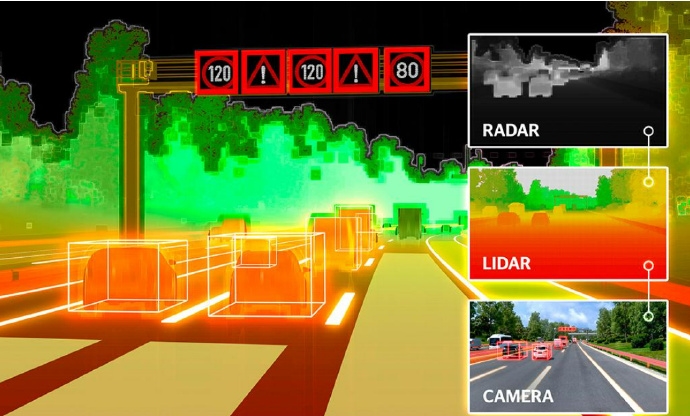
Some bloggers also made a very detailed summary. To put it simply, the AEB of many models is mainly judged by millimeter-wave radar + camera. However, millimeter-wave radar is more sensitive to metal, high-speed or elevated, metal gantry, road signs , overpasses, and roadside railings will cause great interference to millimeter waves, so the algorithm can’t keep up, and it will be very sour.
The perception of cameras is now commonly used in deep machine learning with neural networks. Feed the AI with a lot of image information and teach the AI to recognize what these are, but if you drive too fast, it won’t be able to react, and it has to be able to recognize what’s ahead. For example, people who walk may learn a lot quickly, but for example, the accident at Tesla last time: a container that was completely white and still, the camera may think it is reflective.
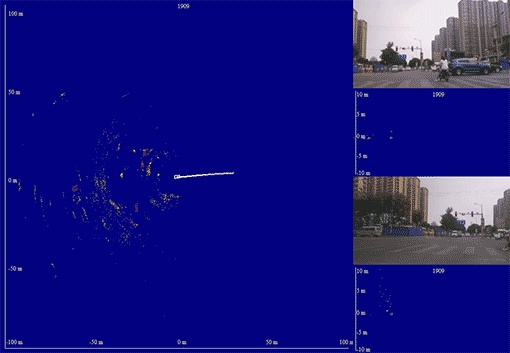
Or maybe there was an accident before the fire truck tail: this is a bit complicated and beyond the scope of AI’s understanding. However, there are thousands of situations on the road, and you certainly cannot ask pedestrians to take the standard posture of the queue.
For example, in the accident of Xiaopeng, the man who was hit was bending over to pick up the triangle on the ground, which may have been missed by the camera. It could also be that the car behind is too fast. A lot of actual road data is really needed here to make up for the corner case.
I also know the shortcomings of the above solutions. Lidar is starting to become popular. It can provide 3D point clouds, which are rich information with distance, position, height and speed. The cost is reduced to an acceptable range for mass production, which improves the safety of assisted driving. , is necessary and revolutionary in the hardware part.
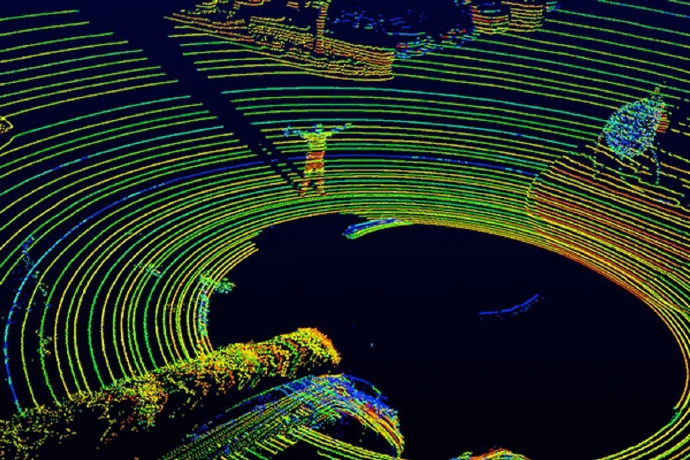
But technology is technology, no matter how advanced it is, you still have to cheer yourself up and be the last line of defense. In the end, please try not to walk on the high speed, it is really dangerous!
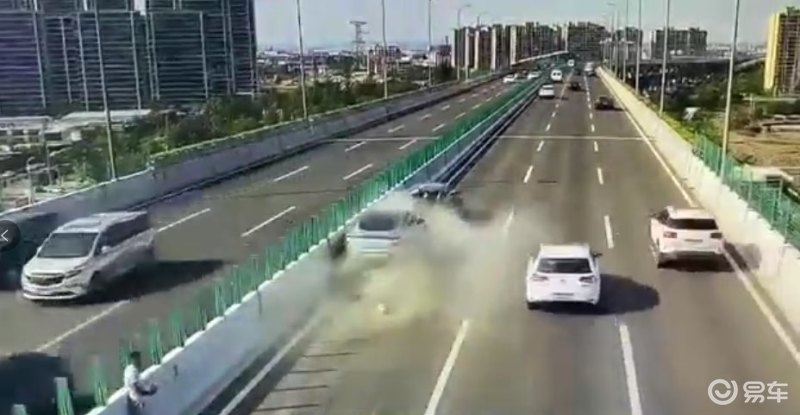
Original link:https://www.energy-storage.com.cn/510.html


